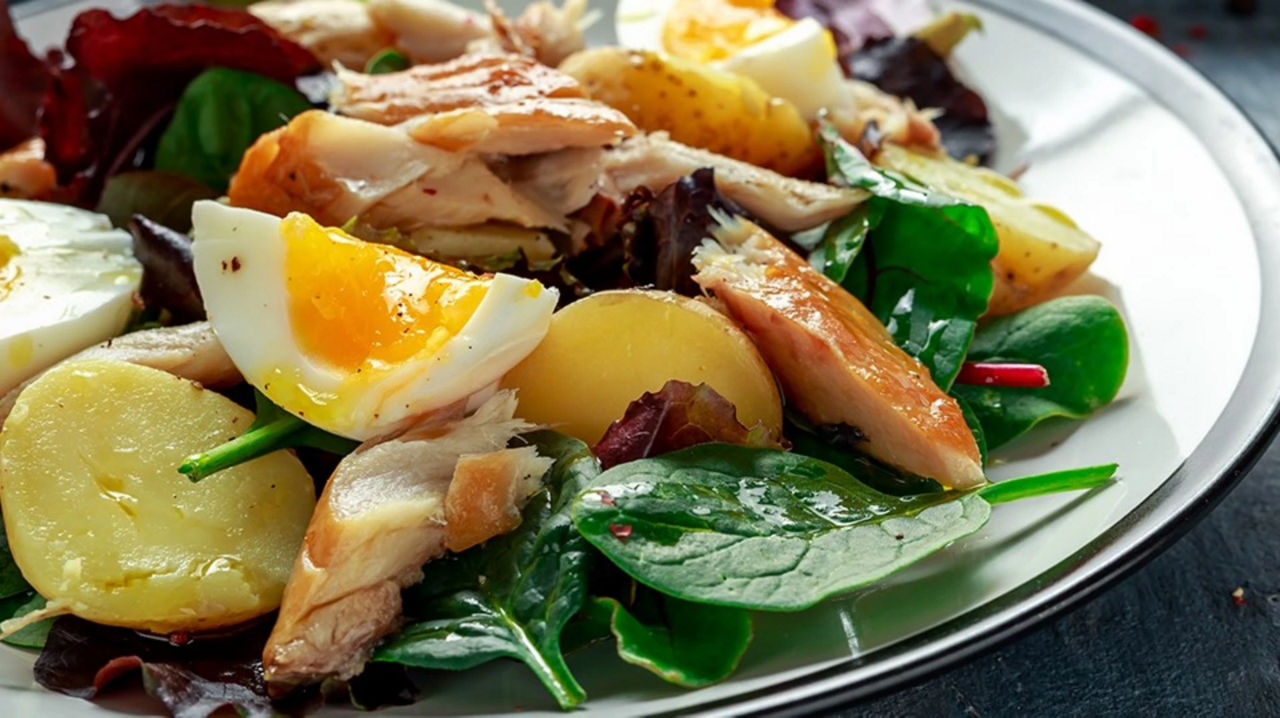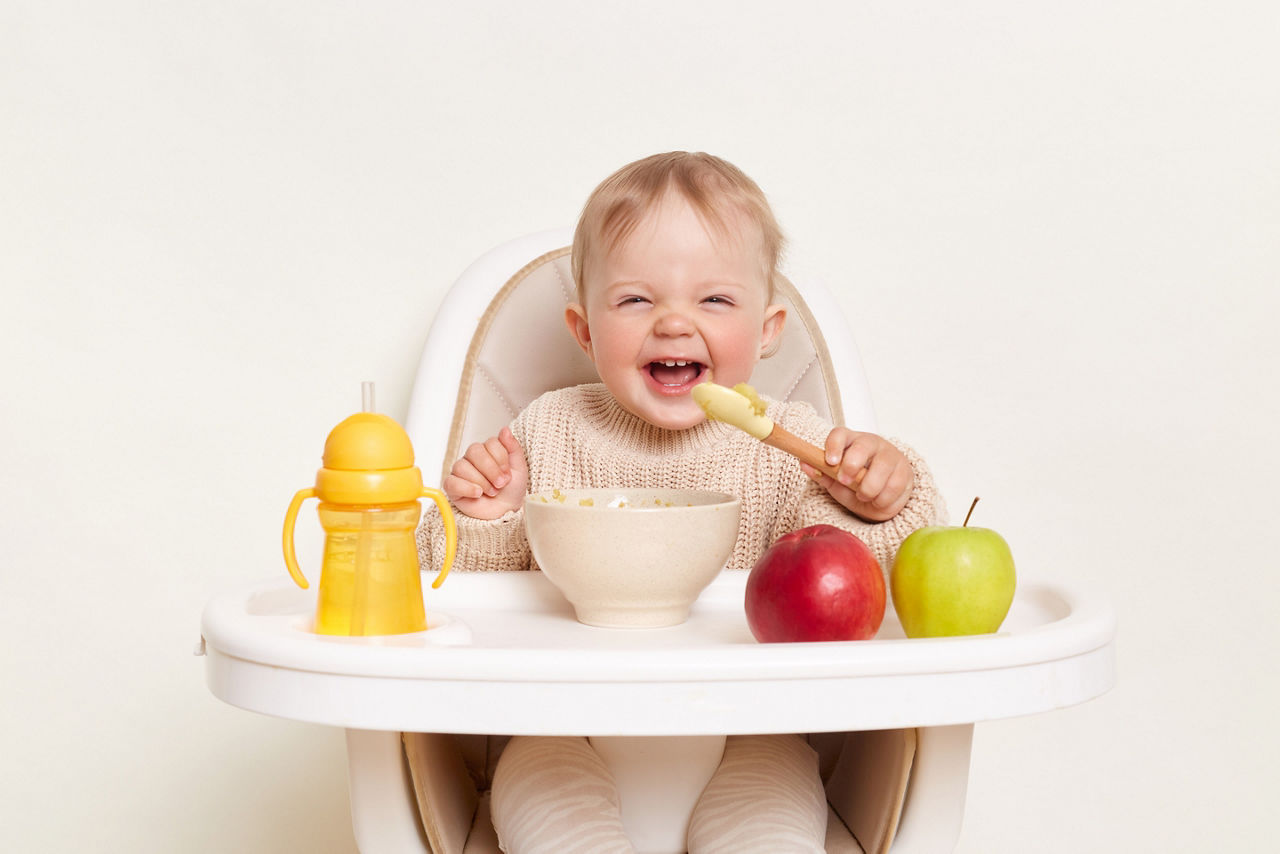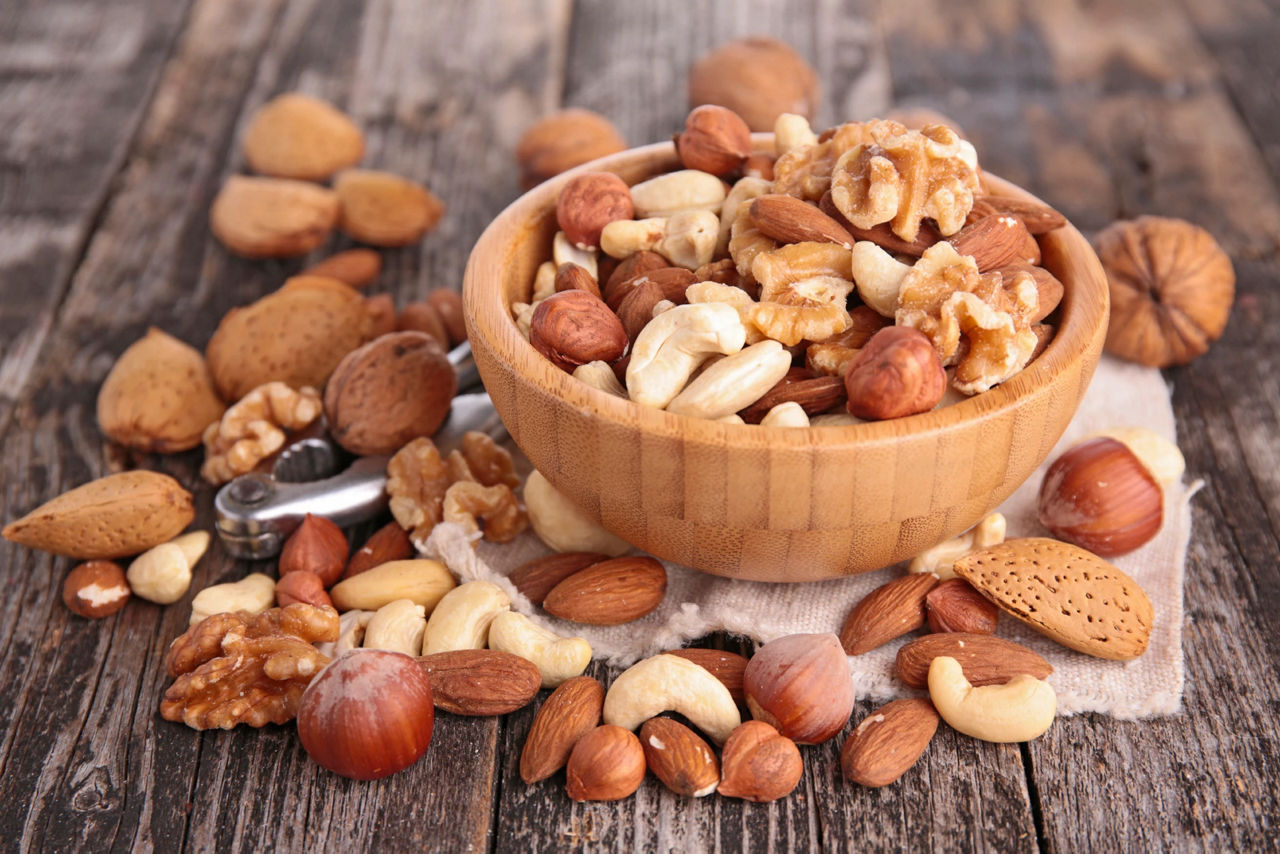1. Coulthard H et al. PubMed. Delayed introduction of lumpy foods to children during the complementary feeding period affects child’s food acceptance and feeding at 7 years of age. Matern Child Nutr 2009;5:75-85.
2. Northstone K et al. The effect of age of introduction to lumpy solids on foods eaten and reported feeding difficulties at 6 and 15 months. J Hum Nutr Diet 2001;14:43-54.
3. Le Reverend BJD et al (2013) Anatomical, functional, physiological and behavioural aspects of the development of mastication in early childhood. Brit J Nutr 111: 403–414
4. llingworth RS et al. The critical or sensitive period, with special reference to certain feeding problems in infants and children. J Pediatr 1964;65:839-48.








